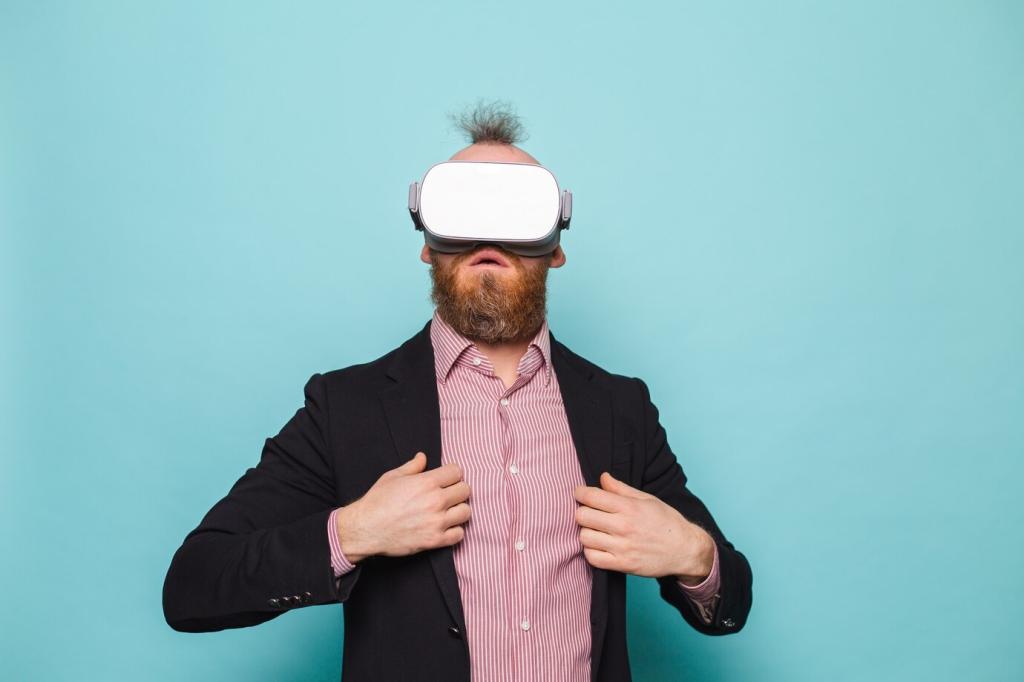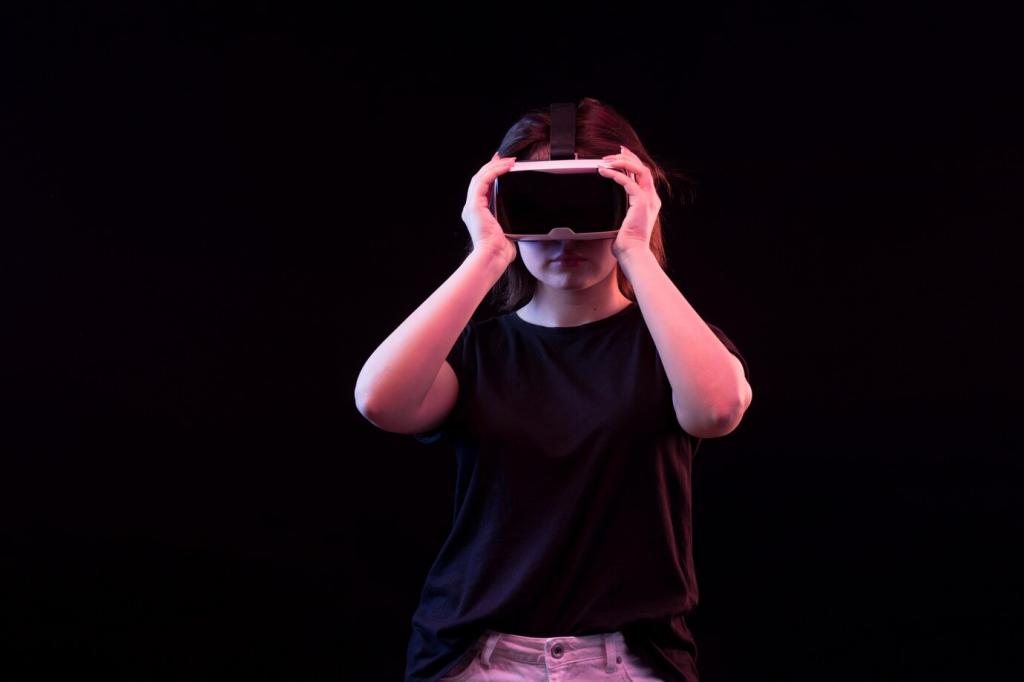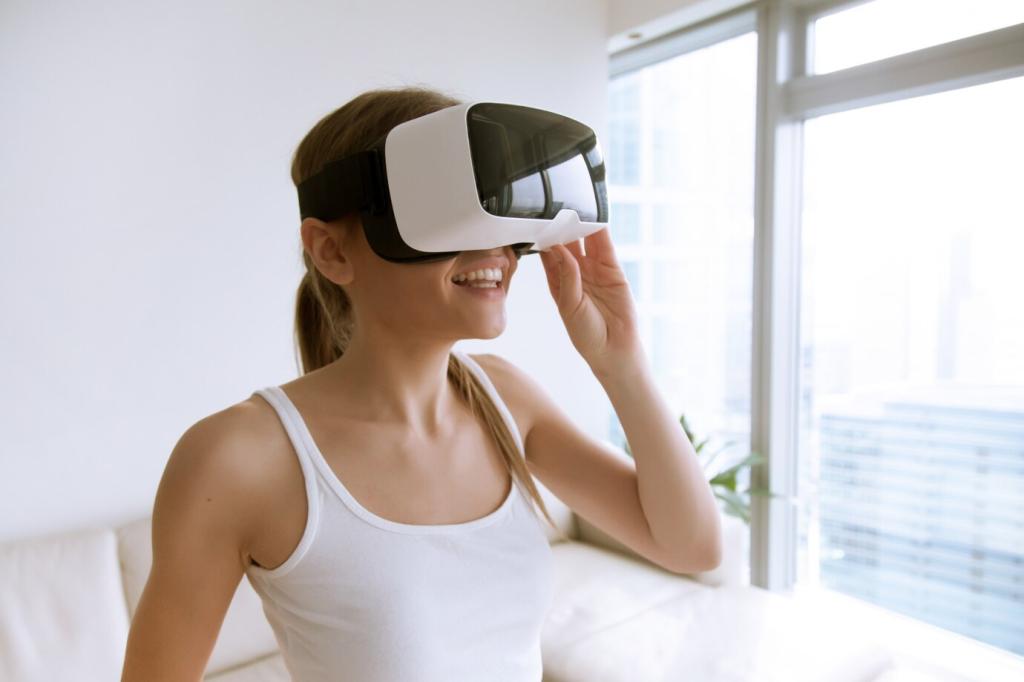Immersive Interior Design Experiences with VR
The world of interior design is undergoing a revolutionary transformation, thanks to the integration of virtual reality (VR) technology. Immersive interior design experiences now allow clients and designers to explore, modify, and perfect living and working spaces before a single piece of furniture is ever moved. By bridging the gap between imagination and reality, VR empowers anyone to visualize potential, make confident decisions, and achieve highly personalized results. This page delves into the key aspects of how VR is reshaping the interior design landscape, offering a closer look at its benefits, collaborative potential, customization options, and future possibilities.

Transforming Visualization in Interior Design
Virtual reality places clients and designers inside a realistic simulation of their future rooms, allowing them to walk through hallways, sit in virtual chairs, and even look out virtual windows. This early exposure to the completed design significantly reduces uncertainties and surprises during the actual build or renovation. Clients can experience firsthand how light affects paint colors at different times of day, how furniture arrangements alter the sense of space, and how every detail comes together to create a harmonious environment. VR ensures that every vision is understood clearly, turning abstract ideas into tangible previews.

Real-Time Feedback and Iteration
Instead of lengthy back-and-forth communication or waiting for revised plans, VR allows clients and designers to meet inside a virtual space, discuss design elements, and make changes instantly. This interactive process keeps everyone engaged, shortens project timelines, and ensures that the final result truly reflects the client’s desires. By seeing and responding to updates in real time, stakeholders can quickly pivot if preferences shift or new ideas emerge, keeping progress smooth and collaborative.
Bridging Communication Gaps
Clients and designers often speak different visual and technical languages, which can make translating ideas a challenge. VR democratizes the design conversation by offering a shared, experiential point of reference. Clients no longer have to interpret blueprints or decipher jargon—they can simply experience the space for themselves. This ensures everyone is on the same page, reduces misunderstandings, and builds trust throughout the design journey, leading to greater satisfaction for all parties involved.
Engaging Remote Stakeholders
For projects involving clients or collaborators in different locations, VR provides a powerful platform for remote engagement. Using headsets or even web-based VR simulations, everyone can explore the space together from anywhere in the world. This flexibility allows international teams to participate fully, speeds up approvals, and makes it easier than ever to involve family members, contractors, or brand representatives in key decisions, ensuring every voice is heard without geographic barriers.
Personalized and Flexible Solutions
Customizing Spaces to Reflect Personality
Immersive experiences foster creativity, enabling clients to introduce their favorite colors, textures, and styles into a virtual environment and instantly see the effects. Whether seeking a vibrant, eclectic look or a calming minimalist retreat, VR ensures that individual tastes shine through in every detail. Designers can tweak accents, add custom decor, or suggest unique features in real time, making the entire process enjoyable, empowering, and highly personalized to each client’s character.

Join our mailing list
